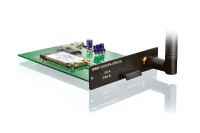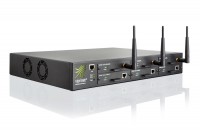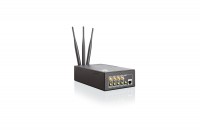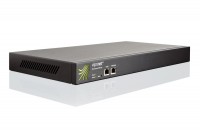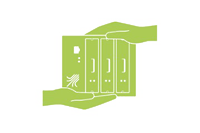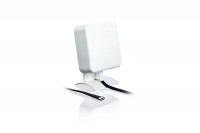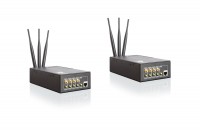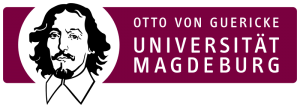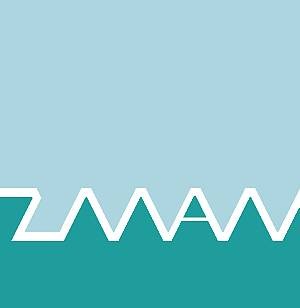Unbelievable, what bonding DSL, UMTS and LTE makes possible
Internet for every contingency
One second of inattentiveness is enough to risk a major fire. The fire brigade rush to the place of the incident, and soon, questions arise: Are enough fire fighters present? Are we equipped with the right tools? Which chemicals need to be neutralized? These are questions for experts which are best kept in the command center to be available for more than one emergency team. However, only talking about the scene and describing the difficulties is fairly unfeasible, so emergency services need a stable and reliable mobile Internet connection that is suitable for video streaming regardless of location as well as of eventual bystanders calling or texting friends and family. Incendium, a Danish live streaming company, meets these demands by using Viprinet technology.
Rapid Aid For Stroke Patients
Time is vital for stroke patients, in order to minimize long-term medical consequential damages. It is therefore of greatest importance for stroke patients that all therapeutic medical procedures start as early as possible. Preferably in the ambulance while it is already on its way to the hospital. The German Federal Ministry of Education and Research sponsored a development project of the so-called ASTER – Acute Stroke Telematics Platform for Ambulances for which Otto von Guericke University Magdeburg in cooperation with Johanniter Unfallhilfe jointly developed an ambulance. All important devices may now be controlled via a single web-based user interface. This enables the transmission of diagnostic information including live video images directly to the medical experts. Emergency patients may be pre-registered at the desired hospital and in addition, an exchange between the location of the hospital and the situation on the streets is enabled via a fleet control system.
Connecting a North Sea island
The island of Wangerooge in the German North Sea is not only a good place for travelers or sea birds. Here, the Institute of Oceanography of the University of Hamburg operates a measuring station for the WERA-system to monitor surface current velocities, ocean wave height and wind with the help of HF radar waves at different places at the North Sea. As the station was installed in 2009, the carrier attached great importance to a reliable data transfer. Moreover, the new technology should provide steady remote access for maintenance operations. Thus, a Viprinet solution was chosen.

